Socialist realism
is an artistic method widely used in the art of the USSR and other socialist countries. It was approved at the party congress of 1932 as a tool to strengthen the authority of the party and promote state ideas.
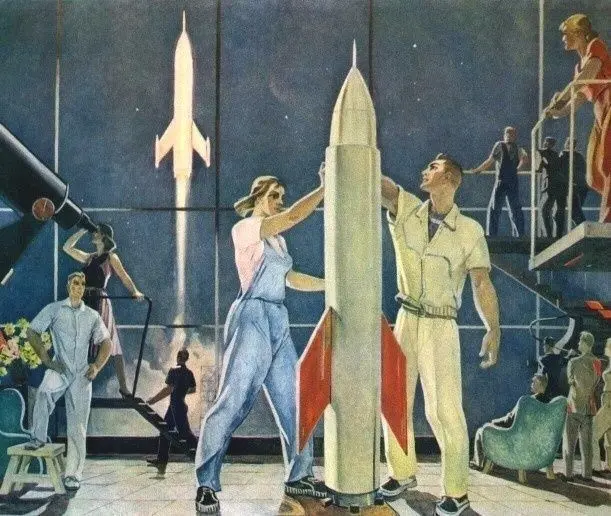
The authorities noticed the influence of art on public opinion and decided to use this power for the benefit of the development of socialism — this is how a new creative method was born.
The creations of socialist realism are simple to recognize. Their typical subjects are the factory workers at work, happy kolkhozniks against the backdrop of virgin lands, May Day marches, joyful pioneers, people on subbotniks, leaders meeting the population, and all that. Artists seemed to draw frames typical of Soviet films, they praised work — not for money, but for certificates and places on the honour boards. The paintings are realistic, they have no metaphors or abstractions. On the canvases, the colour scheme is light and pastel.
A classic example of socialist realism is the Worker and Kolkhoz Woman monument, "the Soviet era ideal".
The creations of socialist realism are simple to recognize. Their typical subjects are the factory workers at work, happy kolkhozniks against the backdrop of virgin lands, May Day marches, joyful pioneers, people on subbotniks, leaders meeting the population, and all that. Artists seemed to draw frames typical of Soviet films, they praised work — not for money, but for certificates and places on the honour boards. The paintings are realistic, they have no metaphors or abstractions. On the canvases, the colour scheme is light and pastel.
A classic example of socialist realism is the Worker and Kolkhoz Woman monument, "the Soviet era ideal".
Before a public demonstration, all the creations needed to be aligned with the ideas of Marxism-Leninism. The approved paintings met three principles:
— commitment to the people: understandability for people without special education, simplicity.
— ideological commitment: the image of daily labour exploits that people performed to build a bright future.
— specifity: socialist realism did not tolerate metaphors — only straightforwardness without any imagery or symbols.
— commitment to the people: understandability for people without special education, simplicity.
— ideological commitment: the image of daily labour exploits that people performed to build a bright future.
— specifity: socialist realism did not tolerate metaphors — only straightforwardness without any imagery or symbols.
Objectives and methods
The authorities put the socialist realists the task of instilling in the population the belief that they live in the best country in the world, involving the people in building socialism, unconditionally believing in the Communists.To justify the demands of the leaders, the artists painted an improved version of reality: happy pictures from the life of the average man, where there is no place for analysis and doubt. The state leaders were depicted exclusively in a positive light.
Socialist realist artists were kindly treated by the authorities: they received government prizes, awards, and rested in sanatoriums. In parallel, there was the so called informal underground art, which met the trends of world cultural development. For such work, you could be imprisoned.
You’re an expert, if:
… if you do not attribute all the work by Petrov-Vodkin to socialist realism without any exception — it contained metaphors, and sometimes even hidden ridicule of the Soviet ideals.You’re a layman, if:
… if you think that socialist realism is a subgenre of the realism that Caravaggio introduced to the world practice. The critic Andrei Sinyavsky concluded that this method was actually a Soviet version of classicism and romanticism .Famous social realism artists:
In painting: Evgenia Antipova, Isaak Brodsky, Boris Vladimirsky, Alexandr and Sergey Germasimovs, Gavriil Gorelov, Nikolai Timkov.In sculpture: Vera Mukhina, Nikolai Tomsky, Yevgeny Vuchetich
Significant works:
Fyodor Reshetnikov’s "Low Grades Again," 1952 is stored in the Tretyakov Gallery. During his career, the artist was recommended to several government awards and enjoyed the sympathy of the authorities.
Kim Su Dong’s "Front Workers of the Age of Songun," 2009 is a painting by a representative of the Korean socialist realism; and the style is still popular in this
country.
Worker and Kolkhoz Woman, the sculpture by
Vera Mukhina
Mitrofan Grekov, Trumpeters of the First
Cavalry Army, 1934
Fyodor Reshetnikov’s "Low Grades Again," 1952 is stored in the Tretyakov Gallery. During his career, the artist was recommended to several government awards and enjoyed the sympathy of the authorities.
Kim Su Dong’s "Front Workers of the Age of Songun," 2009 is a painting by a representative of the Korean socialist realism; and the style is still popular in this
country.
Worker and Kolkhoz Woman, the sculpture by
Vera Mukhina
Mitrofan Grekov, Trumpeters of the First
Cavalry Army, 1934
Fine kettle of fish!
In order to show that socialist realism did not disappear along with the USSR, in 2009 Russian artists organized an exhibition of North Korean socialist realism in Moscow. The event was shocking: aside from the Asian appearance of the characters, you might think that the canvases depict the life of Russia in the Stalin era. However, in North Korea, such things and phenomena are happening now, in our time.Today in the world, there are several specialized galleries of socialist realism — in particular, the Museum of Socialist Art in Sofia, Bulgaria. The curators say: it is easier to learn the history of the no longer existing country from such canvases, than from books.
The delicate balance
Socialist realism was surely a mirror of the era, and it perfectly reflected its positive aspects. Nevertheless, the artists were not always restricted in their freedom with a leg on their throat. For example, the well-known and respected socialist realism artist Deineka painted nudes, and he made beautifulpaintings, which met the canons of the time.
Bathers
1941, 65×79 cm







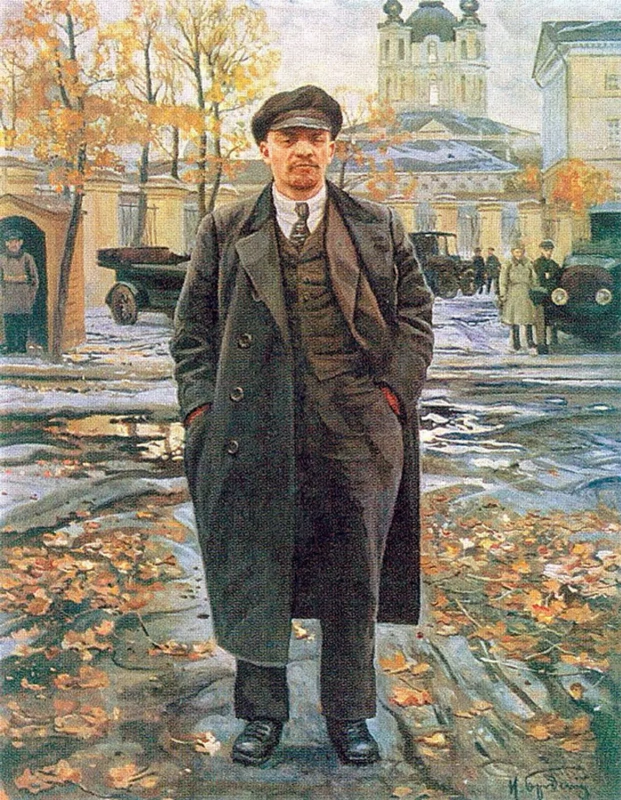
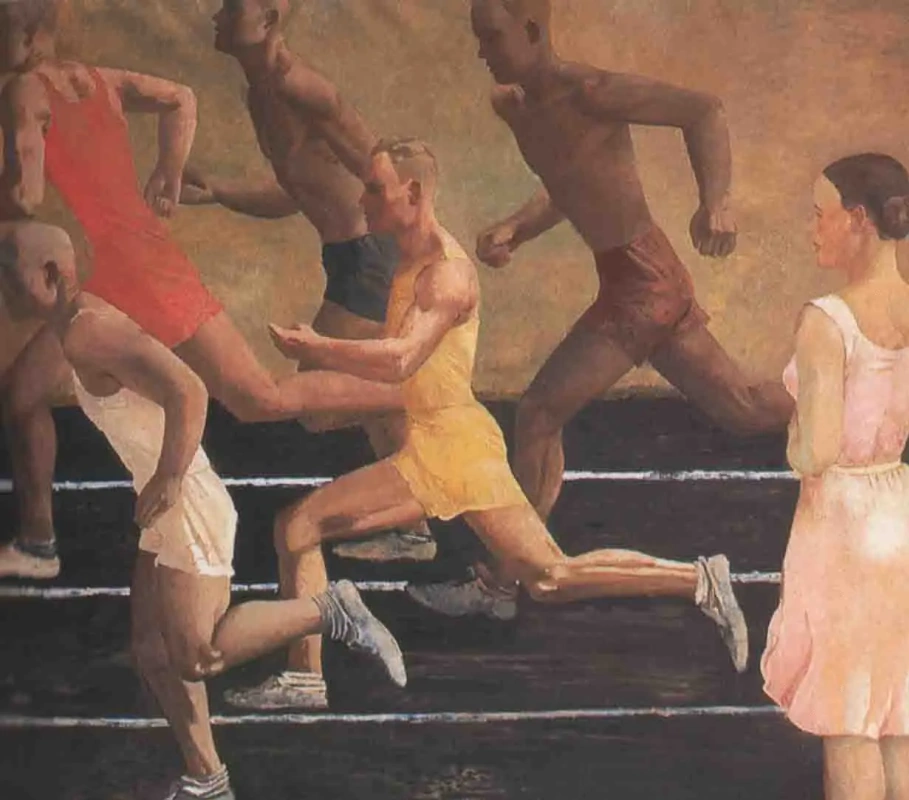




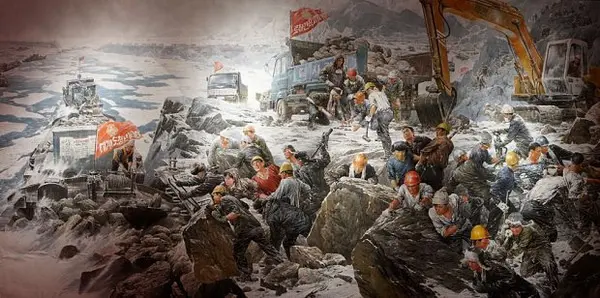

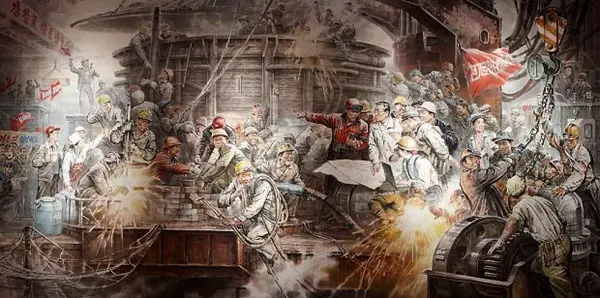
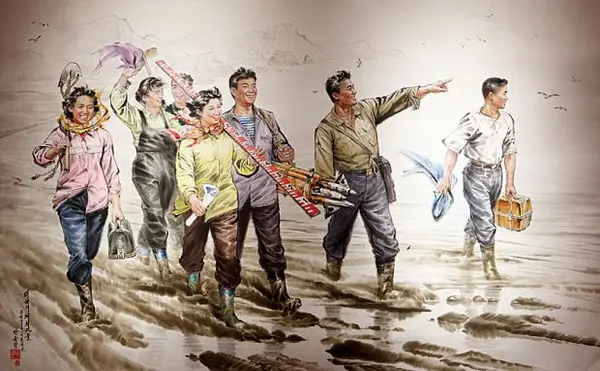
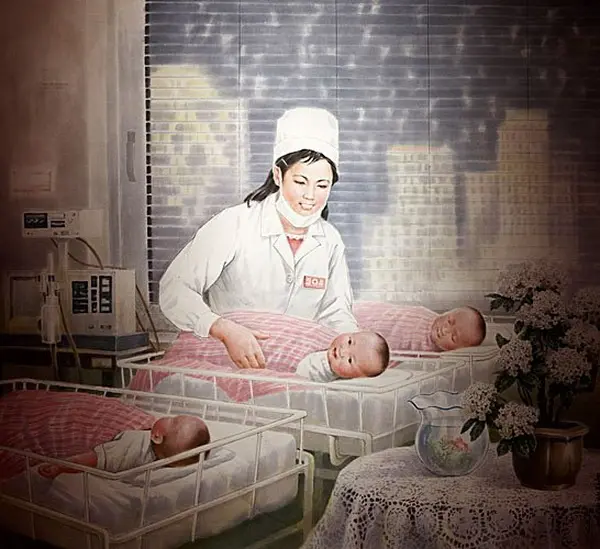







Я не буду говорить об уровне этой статьи в целом, но обратите внимание, что фамилия последнего упомянутого вами автора - Дейнека, а не Дайнека, а на его картине, названной вами "Бегущая девушка", этих девушек три.